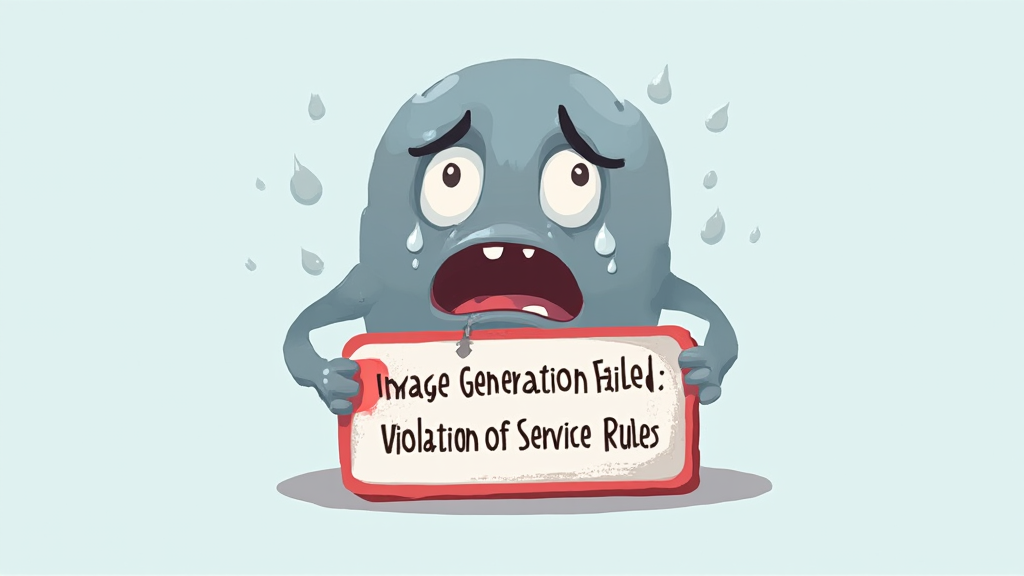Navigating the Stock Market Rollercoaster: Tips for Investors
What Causes Market Fluctuations?
Market fluctuations are primarily driven by supply and demand dynamics. When investors perceive potential gains, demand surges, leading to price increases. Conversely, negative news can trigger panic selling, causing prices to plummet. This is the nature of the market. Economic indicators, such as unemployment rates and inflation, also play a crucial role. They influence investor sentiment and can lead to volatility. It’s fascinating how interconnected these factors are. Additionally, geopolitical events can create uncertainty, further impacting market stability. Uncertainty breeds caution among investors.
The Impact of Economic Indicators
Economic indicators significantly influence market behavior. For instance, rising unemployment rates often signal economic distress. This can lead to decreased consumer spending. It’s alarming how quickly sentiment can shift. Conversely, strong GDP growth typically boosts investor confidence. Positive indicators can drive stock prices higher. Additionally, inflation rates affect purchasing power and investment decisions. Investors must stay informed about these metrics. Knowledge is power in the financial reality.
Investment Strategies for Uncertain Times
Diversification: Spreading Your Risk
Diversification is a fundamental strategy for managing investment risk. By allocating capital across various asset classes, he can mitigate potential losses. This approach reduces the impact of poor performance in any single investment. It’s a smart move in uncertain markets. Furthermore, diversification can enhance overall portfolio returns. Different assets often react differently to market conditions. This creates opportunities for gains even during downturns. Investors should consider both domestic and international assets. A broader perspfctive can yield better results.
Long-Term vs. Short-Term Investing
Long-term investing focuses on building wealth over time. He typically seeks to capitalize on compounding returns. This strategy often involves less frequent trading. It allows for greater resilience against market volatility. In contrast, short-term investing aims for quick gains. He may engage in active trading to exploit market fluctuations. This approach requires constant monitoring and analysis. It can be stressful and time-consuming. Investors must weigh their risk tolerance carefully. Understanding both strategies is essential for informed decision-making.
Utilizing Technical Analysis
Key Indicators to Watch
Key indicators in technical analysis provide valuable insights into market trends. He should supervise moving averages, which help identify price direction. These averages smooth out price fluctuations over time. Additionally, the Relative Strength Index (RSI) indicates overbought or oversold conditions. This can signal potential reversals. Volume is another critical indicator, reflecting the strength of price movements. Higher volume often confirms trends. Understanding these indicators enhances decision-making. Knowledge is essential for successful trading.
Chart Patterns and Their Significance
Chart patterns are essential tools in technical analysis. They help identify potential future price movements. For instance, head and shoulders patterns often indicate trend reversals. Recognizing these patterns can enhance trading strategies. Additionally, flags and pennants suggest continuation of trends. These formations provide critical entry and exit points. Understanding the significance of these patterns is crucial. Knowledge empowers informed decision-making. Patterns tell a story about market psychology.
The Role of Fundamental Analysis
Evaluating Company Performance
Evaluating company performance is crucial for informed investing. He should analyze key financial metrics, such as earnings per share and return on equity. These indicators reveal a company’s profitability and efficiency. Additionally, examining revenue growth trends provides insights into market demand. Understanding these factors is essential for assessing long-term viability. A comprehensive analysis can uncover hidden opportunities. Knowledge is vital in the investment landscape.
Understanding Market Sentiment
Understanding market sentiment is vital for effective investing. He should consider how news and events influence investor behavior. Positive sentiment often drives stock prices higher, while negative sentiment can lead to declines. This psychological aspect can create volatility in the market. Additionally, sentiment indicators, such as the Consumer Confidence Index, provide valuable insights. They reflect the overall mood of investors and consumers. Recognizing these trends can enhance decision-making. Awareness is key in navigating market dynamics.
Risk Management Techniques
Setting Stop-Loss Orders
Setting stop-loss orders is a crucial risk management technique. He can protect his investments by limiting potential losses. This order automatically sells a security when it reaches a specified price. It helps prevent emotional decision-making during market fluctuations. Additionally, determining the right stop-loss level is essential. A well-placed stop-loss can safeguard profits while allowing for growth. Understanding this tool enhances overall trading strategy. Knowledge is power in investment management.
Position Sizing and Capital Allocation
Position sizing and capital allocation are essential components of risk management. He must determine how much capital to allocate to each trade. A common approach is the percentage method, where he risks a fixed percentage of his total capital. For example:
This method helps mitigate losses while maximizing potential gains. Additionally, diversifying across different assets can further reduce risk. A balanced portfolio is crucial for stability. Understanding these principles is vital for successful investing. Knowledge leads to begter decisions.
Staying Informed and Educated
Resources for Continuous Learning
Resources for continuous learning are vital for investors. He should utilize online courses and webinars to enhance his knowledge. These platforms often provide insights from industry experts. Additionally, subscribing to financial news outlets keeps him updated on market trends. Reading books on investment strategies can deepen his understanding. Engaging in forums allows for discussion with peers. This exchange of ideas is invaluable. Knowledge is indispensable for informed decision-making.
Networking with Other Investors
Networking with other investors is crucial for growth. He can gain diverse perspectives and insights through these connections. Engaging in investment clubs or online forums fosters collaboration. This interaction often leads to shared strategies and resources. Additionally, attending industry conferences provides opportunities to meet experts. Building relationships can enhance his knowledge base. A strong network is invaluable in the investment landscape. Connections can lead to new opportunities.
